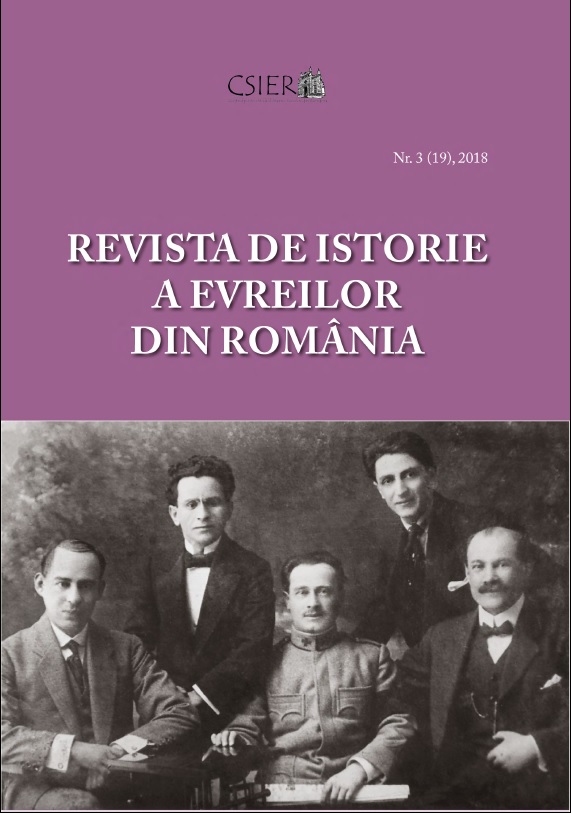Antisemitismul interbelic analizat cu ajutorul Jurnalului lui Wilhelm Filderman
Interwar Anti-Semitism as Depicted in Wilhelm Filderman’s Diary
Author(s): Liviu RotmanSubject(s): Jewish studies, Jewish Thought and Philosophy, History of Judaism, Culture and social structure , Interwar Period (1920 - 1939), History of Antisemitism
Published by: Editura Hasefer
Keywords: anti-Semitism; political parties; physical violence; fascistization; radicalization of anti- Semitic language;
Summary/Abstract: This study looks at a new perspective of anti-Semitism during the interwar period, based on the rich source of information provided by Wilhelm Filderman’s Diary. The study reveals the causes of the rise of anti-Semitism at the time: the new state that was formed after 1918 was imposed the political culture of the Old Kingdom; the ”sacredness” of the nation-state as a form of government and the diffusion of xenophobia across the political spectrum. The article draws attention to the particular features of Romanian anti-Semitism at the time, namely the primacy of physical violence. Thus, given its large-scale in space and time, one can refer to a permanent pogrom ambiance in interwar Romania. In the case of Greater Romania, its 20 years of existence could not lead to a cultural, political and social integration of the different regions, but anti-Semitism was one of the few elements of fusion that implicitly helped create a national Romanian identity.
Journal: Revista de Istorie a Evreilor din Romania
- Issue Year: 2018
- Issue No: 3 (19)
- Page Range: 17-24
- Page Count: 8
- Language: Romanian
- Content File-PDF

